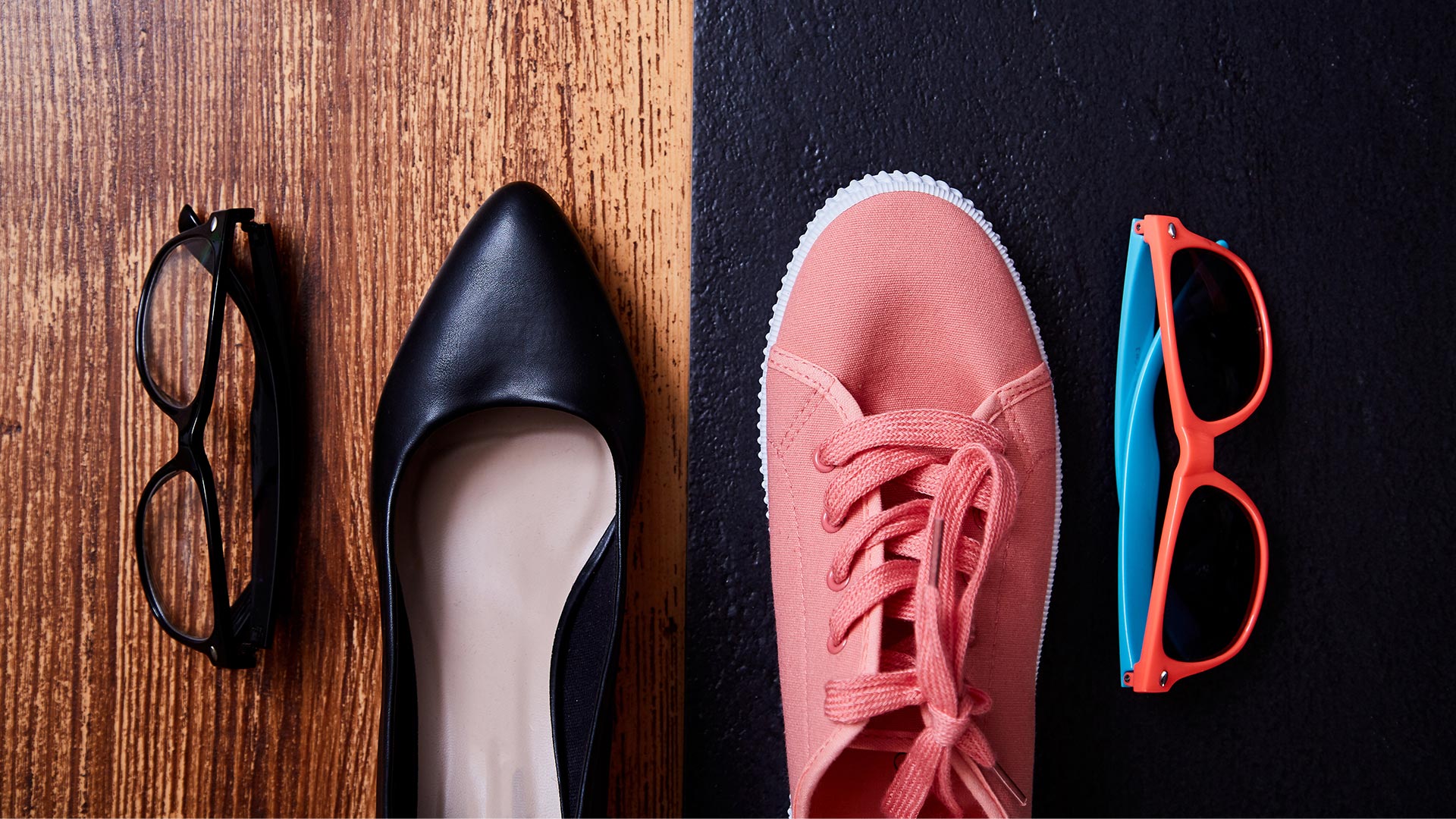Oftentimes, when we think about balance in our lives, we picture it as something we can attain effortlessly if we only perform the right rituals. We are told that productivity is everything and that if we are lucky, we can “find” some semblance of balance while holding a downward dog in a Saturday morning yoga class. While this may work for some, many of us have come to realize we aren’t finding balance because it isn’t really something that can be found. Like anything else in life, we have to work actively to create balance in our lives. As business leaders, it is even more imperative that you not only create balance for yourself, but for your employees too.
With the expansion of the virtual workplace over the course of the coronavirus pandemic, achieving balance has become significantly more challenging as the lines between work and life become blurrier. In fact, according to a recent report, the average “pandemic workday” is almost 50 minutes longer than before the pandemic. But these longer, virtual hours come at the detriment of a work/life balance. As a result, employees feel less energized, less productive, and more prone to burnout.
So, why is the virtual workplace more exhausting?
Technology has made it incredibly easy for us to stay connected with our teams and clients, even if we are physically distanced. But with the rise of the Zoom world comes a new kind of exhaustion that people are referring to as ‘Zoom fatigue’. This form of fatigue is the result of countless hours spent on video calls and emails without many breaks throughout the day. According to Drs. Libby Sander and Oliver Baumann, experts in organizational psychology, there are 5 key reasons that make the Zoom world more exhausting than the real world:
- Employees miss out on a lot of non-verbal communication – Human beings are social creatures. When our teams are face-to-face, they rely heavily on both spoken and body language cues to guide their interactions. Being able to read people’s expressions, witness their emotions, and gauge their responses to us is something we miss out on during Zoom calls.
- Employees feel anxious about their teams having a window into their personal lives – It’s a new and strange experience to invite our colleagues into our home lives through the lens of our webcams. For many, the anxiety of their reality being on display for others to judge – whether it’s kids crying in the background, a microwave beeping, dogs barking – is a significant source of stress.
- The end of water-cooler conversations – Water cooler catch-ups weren’t just intended to fuel the office rumor mill. They were great opportunities to take a quick coffee break, socialize and bond with our teams, and reset our creative flows. Now, we have tightly scheduled Zoom calls, strictly when business warrants it.
- Looking at our own face all day can be stressful – Zoom calls are akin to staring at yourself in a mirror all day. For many people, this means being hyper-aware of ourselves for hours on end, which can lead to increased levels of stress.
- The silence behind a screen and what it means – When the screen is silent for one moment too long, employees wonder if anyone is paying attention or if they can be heard at all. In person, a natural break in conversation can signal thoughtfulness. Over Zoom, it can cause confusion, awkwardness, and stress.
What can you, as a leader, do about it?
For the time-being, it seems like our virtual workplace is here to stay. But that doesn’t mean your Zoom fatigue has to. Fortunately, there are a few simple strategies you can use to create balance for yourself and your employees, even in our virtual world:
- Avoid multitasking – Research shows that a slim minority of people can truly multitask. More often than not, the rest of us are simply switch-tasking, which not only takes up more brain capacity and exhausts us, but also cuts into our performance. As difficult as it can be to stay present, try to put your phone away while working, stop checking emails in the middle of Zoom calls, and minimize tabs that don’t pertain to your immediate actions. As you model this behavior, remind your teams to do the same.
- Take screen breaks – Replace water-cooler breaks with walks to the kitchen for a snack or trade the computer screen for people-watching through your window for a few minutes – anything to give your mind a break. During those longer days where the calls are back-to-back, cultivate a culture of communication where it’s okay for you and your employees to turn off their cameras for parts of the call.
- Switch to phone calls or email – Time is the greatest commodity. Whenever possible, turn that hour-long meeting into an email or connect offline. Chances are, if you are feeling drained by virtual work, your employees and colleagues are too, and they’ll be relieved by the switch.
- Make virtual social events optional – Remind your team that they are not alone in feeling exhausted from staring at their screens all day by making virtual events opt-in. This increased flexibility will allow employees to feel welcome, not obligated to join. In turn, you give others the autonomy to do what feels right to them and a heightened sense of balance.
- Recognize that balance takes work and commit to it – Award-winning senior executive, Jackie Gaines says that it’s all about choices: the choice to consciously separate work and home, work smarter and not harder, to set boundaries for yourself. But before employees can feel comfortable making these choices, organizational leaders must embrace flexibility, model it themselves, and encourage their employees to create balance in their own work and home lives.
These subtle changes in our daily lives might seem small enough. But put together, they can play a big role in helping organizational leaders and employees create balance for themselves and others, all while boosting engagement and productivity. Fortunately, you don’t have to make these changes alone. Our custom leadership coaching solutions can help you create the optimal work environment for you and your employees to lead happy and productive lives – both in and outside of work.









